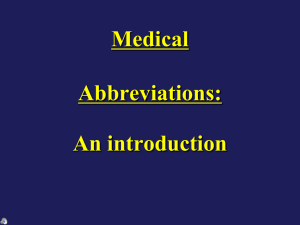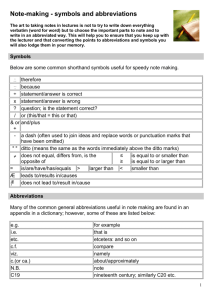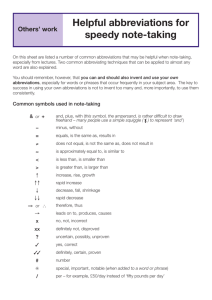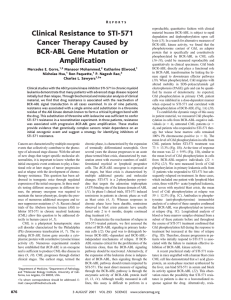Guidelines EHA Clinical Cases
advertisement
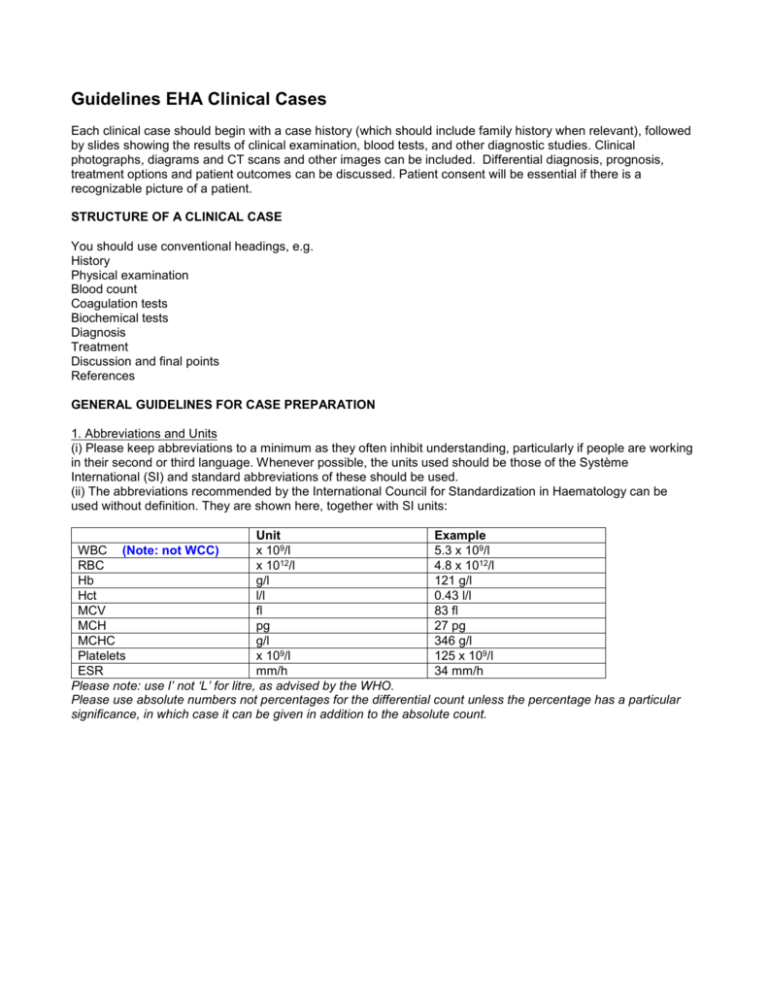
Guidelines EHA Clinical Cases Each clinical case should begin with a case history (which should include family history when relevant), followed by slides showing the results of clinical examination, blood tests, and other diagnostic studies. Clinical photographs, diagrams and CT scans and other images can be included. Differential diagnosis, prognosis, treatment options and patient outcomes can be discussed. Patient consent will be essential if there is a recognizable picture of a patient. STRUCTURE OF A CLINICAL CASE You should use conventional headings, e.g. History Physical examination Blood count Coagulation tests Biochemical tests Diagnosis Treatment Discussion and final points References GENERAL GUIDELINES FOR CASE PREPARATION 1. Abbreviations and Units (i) Please keep abbreviations to a minimum as they often inhibit understanding, particularly if people are working in their second or third language. Whenever possible, the units used should be those of the Système International (SI) and standard abbreviations of these should be used. (ii) The abbreviations recommended by the International Council for Standardization in Haematology can be used without definition. They are shown here, together with SI units: Unit Example WBC (Note: not WCC) x 109/l 5.3 x 109/l 12 RBC x 10 /l 4.8 x 1012/l Hb g/l 121 g/l Hct l/l 0.43 l/l MCV fl 83 fl MCH pg 27 pg MCHC g/l 346 g/l Platelets x 109/l 125 x 109/l ESR mm/h 34 mm/h Please note: use l’ not ‘L’ for litre, as advised by the WHO. Please use absolute numbers not percentages for the differential count unless the percentage has a particular significance, in which case it can be given in addition to the absolute count. (iii) Certain other very common and widely understood abbreviations can be used without definition, specifically ALL CLL NHL HD FAB WHO PCR RT-PCR FISH PT APTT CD (cluster of differentiation) But even in this case it will help non-native speakers of English if you define the abbreviation when first used. (iv) Any other abbreviations should be defined when first used. (v) Units should be given for all laboratory values. 2. Reference ranges The reference range or normal range for your laboratory should be given for all except the most common tests. This is particularly important for test results that vary greatly between laboratories, such as the serum B12 concentration or the activated partial thromboplastin time (APTT). 3. Decimal point A decimal point should be used, not a decimal comma. 4. Cytogenetic Notation Cytogenetic definitions and notation should be that of the International System of Cytogenetic Nomenclature (ISCN) [Standing Committee 1978], for example, inv(3)(q21q26) but t(3;3)(q21;q26). 5. Genetic notation Genetic notation should be that advised by the Human Genome Project, Specifically, upper case italics should be used for all human genes. For example, use BCR-ABL1 not BCR-ABL or bcr-abl or bcr-abl. Lower case italics should be used for viral genes, E.g. v-abl. Upper case regular script can be used for proteins, e.g. BCRABL1. Please use the correct up to date gene name, e.g. ABL1 not ABL. This can be found in Online Mendelian Inheritance in Man, http://www.ncbi.nlm.nih.gov/sites/entrez?db=omim 6. Drug names If you need to refer to a drug, whenever possible please use the generic name, preferably the recommended international non-proprietary name as advised by the relevant WHO specialist panel. For example, use ‘rituximab’ not Mabthera or Rituxan. Trade names differ between countries and some will be completely unintelligible to many participants.


